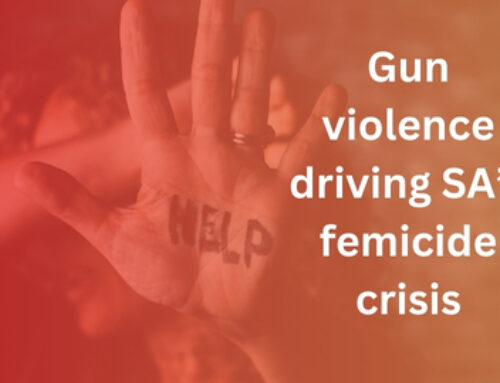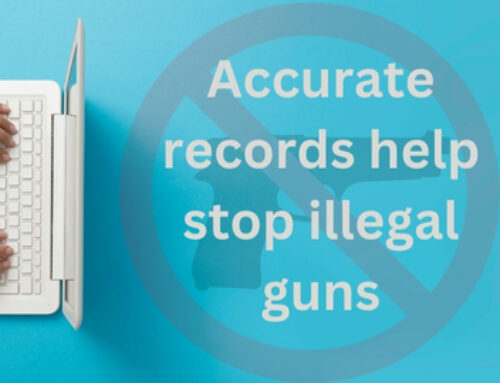In response to Briefing 3, GFSA was invited to make a presentation on the ten elements of a successful firearms amnesty to the Portfolio Committee of Police on 15 March; at this input Brazil was identified as one of the countries that had been successful in removing hundreds of thousands of guns from circulation through a national buyback programme.
Briefing 4 discusses the key factors that contributed to the success of the Brazilian firearms amnesty and explores lessons learned that could assist South Africa in making sure that the way in which the 2017 firearms amnesty is conducted has the best possible chance of success.
As with the FCA, Brazil’s national gun law, the Disarmament Statute, makes provision for a national buyback programme for the voluntary collection of firearms coupled with an amnesty for the registration of unregistered weapons. The weapons buyback programme in Brazil was held over an 18 month period (from 15 July 2004 to 23 October 2005). A total of 460,000 firearms were surrendered during this period, and all of these weapons were publicly destroyed. As with the 2005 firearms amnesty in South Africa, the Brazilian amnesty also provided an opportunity for those gun owners who did not want to register their guns under the new law, to dispose of them safely and legally. Some of the distinguishing features of the Brazilian firearms amnesty campaign included cash compensation and a highly sophisticated and intense communications campaign by both government and civil society organisations, with significant cooperation with major media houses such as O Globo.





